Redmi Note 10 Pro ReviewIntroductionThe Redmi Note 10 Pro, currently available for less than a rock bottom price, must be included in any discussion of the finest inexpensive phones. It has several advantages over competing models, including good midrange specs. 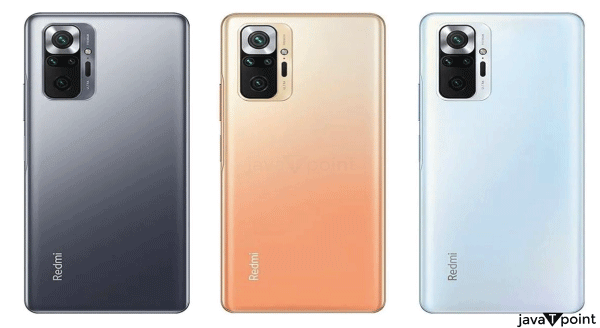
We've been impressed with the Redmi Note 10 Pro overall, despite some concessions along the way, such as the absence of 5G and wireless charging. Please read our complete review below to learn everything there is to know about this budget Android phone. ReviewDesign and ScreenThe Redmi Note 10 Pro's lightness and rounded edges impressed us, even though the glass back attracts fingerprints. Even if the camera bump on the back is a little on the large side, there are hardly any indications that this is a cheaper phone, and the silver ring on the rear camera module is a pleasant touch. The sole screen obstruction on the front is a tiny punch-hole notch for the selfie camera. 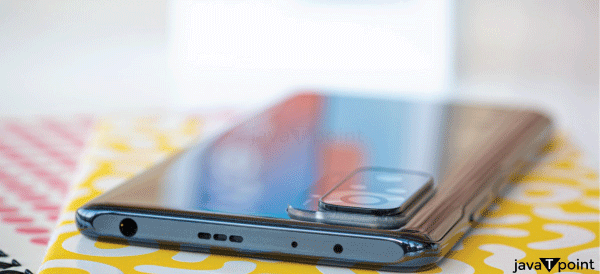
The Redmi Note 10 Pro's 6.67-inch AMOLED screen, which has a resolution of 1080 x 2400 pixels and a refresh rate of an outstanding 120 Hz, is unquestionably one of its best features. Animations, menus, webpage scrolling, games, and everything else look incredibly smooth on it. We like this display because it is large, bright, and has respectably narrow bezels, but it doesn't quite match the color vibrancy and crispness of Xiaomi's and its rivals' flagship phones. Given that everything else about the display is plain and ordinary, the 120Hz refresh rate was added to give it at least one premium feature. However, as we've already stated, it is one of the better options available at this price point, and we like it. We tested it with various activities, including browsing websites, playing Android apps, and watching movies, and it consistently passed with flying colors. 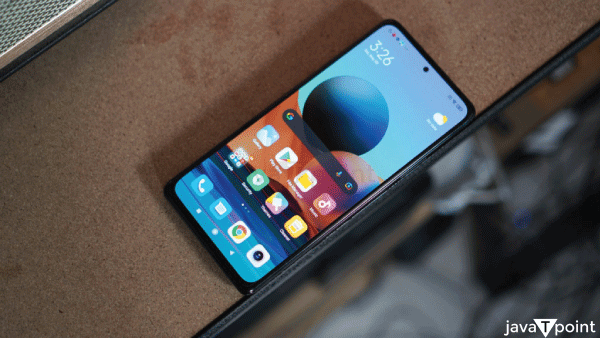
Speaking of sound, a 3.5 mm headphone connection is provided and is located on the top of the device. The stereo speakers supplied produce a respectable amount of noise at a good quality. The phone is available in Onyx Grey, Glacier Blue, and Gradient Bronze and is IP53 rated, meaning it is safe against splashes but not total submersion. While the fingerprint sensor is built into the phone's power button on the side, data transfer and charging are handled using USB. Camera and BatteryA 108MP wide + 8MP ultrawide + 5MP macro + 2MP depth rear camera is on the back of the Redmi Note 10 Pro, with video recording capabilities of up to 4K at 30 frames per second, while a 16MP wide selfie camera is on the front. Generally, the pictures we produced with the back camera turned out nicely, with accurate color reproduction, balanced contrast, and acceptable levels of detail. 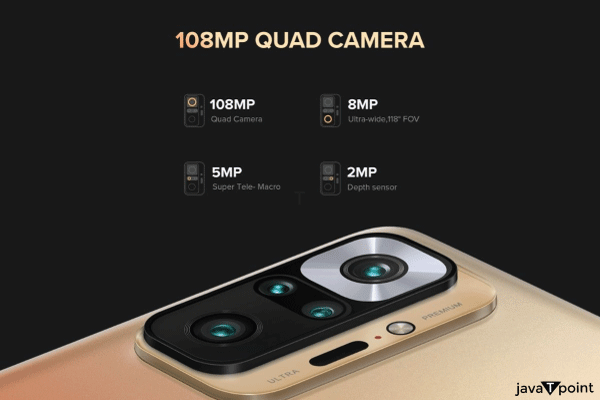
While there isn't an optical zoom, an ultrawide setting allows for more scene compression without any observable distortion or color shifting. The Redmi Note 10 Pro will take excellent shots if you're seeking images that will stand out on your social media feeds, and for a phone with its price tag, the final products are better than you might expect. Although low-light performance is less impressive than it could be on certain handsets in this price range, it is still not a catastrophe. You can typically obtain a respectable picture, mainly if you use the dedicated night mode (and hold the phone still for a few seconds) - we did notice more blurring and more noise in the dark, but most of the time, we think you'll be happy with the results. Based on our testing, battery life is above average, with the phone comfortably lasting a whole day - and frequently having about half of its energy remaining by the evening, as long as you're not pushing it too hard. The battery decreased from 100% to 85% during our two-hour video streaming test, with the display set to maximum brightness, indicating 12-13 hours of playback. Other Specifications and FeaturesRegarding the internal specifications you get, the Redmi Note 10 Pro is undoubtedly no slouch. The phone has a powerful Qualcomm Snapdragon 732G CPU, 6GB of RAM, and up to 128GB of internal storage (you may also expand the storage with a microSDXC card slot, if necessary). Although those aren't the top-tier flagship phone specifications, they provide plenty of performance for your price and keep Android running smoothly. Daily smartphone operations went smoothly, and switching between screens and apps and between apps didn't lag or slow down. You won't get the fastest frame rates or the smoothest app experiences that the flagship phones can provide you with because this phone doesn't have a top-tier CPU; in terms of performance, it may be the very definition of mid-range. 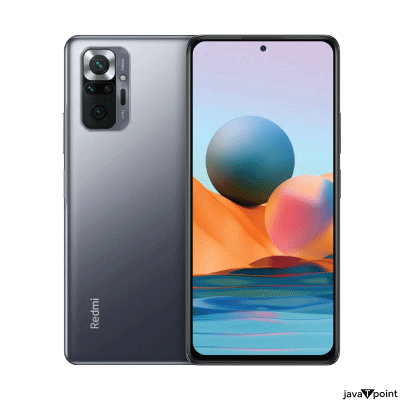
Unfortunately, our go-to Geekbench 5 benchmarking app could not finish its tests, leading us to believe that the phone may be plagued by bugs that will hopefully be fixed in upcoming updates. A few of the more challenging games we could play on the phone ran well and produced little to no extra heat around the back of the device. You should be aware that the phone does not support 5G, so you can only use 4G if you get it. This will not provide a significant issue for most users right now. PerformanceFeaturing a Snapdragon 732G CPU and either 6GB or 8GB of RAM, the Note 10 Pro. The performance of my review device will be better than what the Note 10 Pro line can provide because it only has 6GB RAM. The Redmi Note 10 Pro scored an average of 421 points on a single core and 1,521 points on a multicore in the benchmarking tool Geekbench 5. The Moto g10 scored 247 for single-core performance and 1,330 for multicore performance. It falls short of the 551 and 1,647 results for the Google Pixel 4a. Running the 3DMark Wild Life graphics benchmark app, the Redmi scored 1,112 points with an average frame rate of 6.7 frames per second. Even while that is far better than the Moto g10's 250 1.5 frames per second, these numbers are not extremely impressive. After I launched Asphalt 9: Legends, these scores made sense. The automobiles have oddly blocky-looking edges since there wasn't any anti-aliasing around their edges. As a further indication that the chipset was having trouble keeping up, I observed the background occasionally appearing out of nowhere. The frame rate and the phone's dual speakers' powerful sound were its sole redeeming qualities, which were made possible by the 120Hz display. Charger and BatteryThe Note 10 Pro's 5,020 mAh battery is enormous, particularly for a phone at this price. It took just over eight hours to bring the phone from 45% complete to empty when the battery was discharged utilizing a particularly lengthy playlist of YouTube videos streamed over Wi-Fi. That should translate into about 18 hours of total video playback, sufficient for your daily tasks, assuming it drains constantly while full. 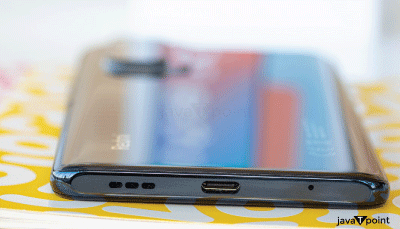
Redmi includes a 33W fast charger in the box that may be used to charge the Note 10 Pro. This method charges the phone from empty to 27%, 56%, and 100% in 15 minutes, 30 minutes, and 65 minutes, respectively. Many smartphones, both within and outside of its price range, are slower than it. Using a 10W charger, the comparably affordable Motorola Moto G Power (2021) charges its 5,000 mAh battery to 22% capacity in 30 minutes. The Google Pixel 4a, the industry benchmark for low-cost smartphones, charges 50% in 30 minutes with an 18W charger and a much smaller 3,140 mAh battery. SoftwareSince Xiaomi owns the Redmi brand, the Note 10 Pro has access to MIUI 12, which is the company's version of Android 11. Although it lacks several unique features, it is usable and has a manageable amount of bloatware. One helpful feature that the Note 10 Pro cannot handle is the ability for the Mi 11 to open programs in floating windows on top of another app. The split notification shade, which depends on which side of the display you slide down on to view notifications or quick settings, is also absent from the new phone. It seems unjust to have software capabilities like this yet deny access to customers of less expensive handsets. However, Xiaomi may ultimately push this out to Redmi devices. But you still have some playthings at your disposal. Redmi allows you to use an app drawer or only your home screens to keep all your apps and an always-on display that you can customize. They are welcomed, but since they are so prevalent on other Android phones, they don't win the Redmi any extra points. ConclusionThe Note 10 Pro from Redmi is one of the best cheap phones ever made; it begs the issue of why so many people pay $1,000 or more on flagship devices when you can have so much of what you want for a much lower price. The Note 10 Pro checks the right boxes regarding appealing hardware but lacks enough processing power to be a true top rival. Its efficient selection of cameras and wide 120Hz display make it an excellent alternative for customers strapped for cash and mainly use their phones for photography or streaming.
Next TopicSamsung Galaxy A04
|
 For Videos Join Our Youtube Channel: Join Now
For Videos Join Our Youtube Channel: Join Now
Feedback
- Send your Feedback to [email protected]
Help Others, Please Share










